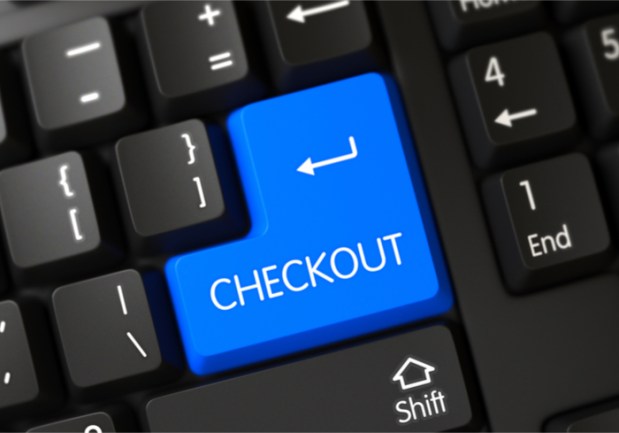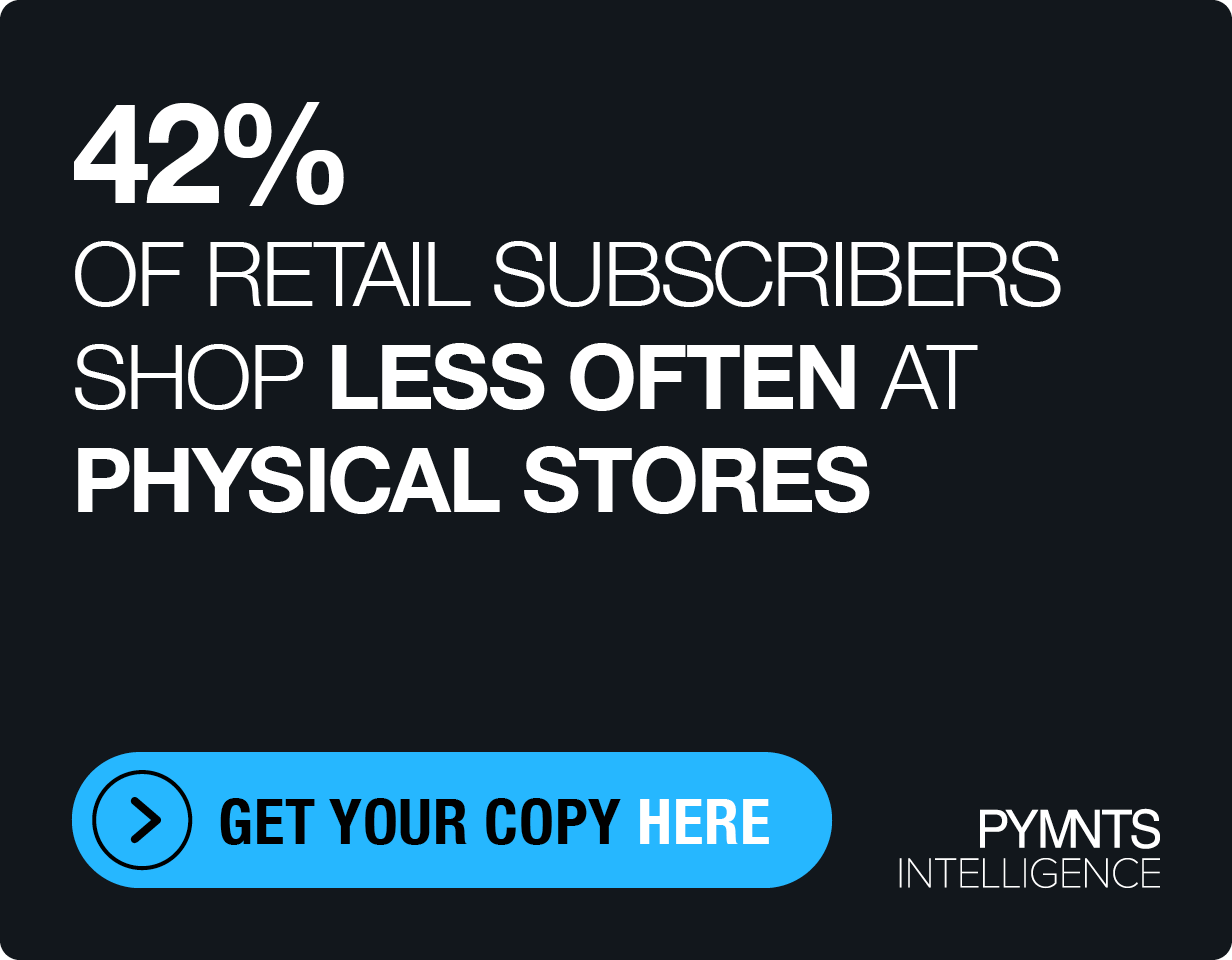Merchants Bridge The Gap Between Desktop And Mobile For Checkout Conversions

Consumers are increasingly turning to their mobile devices for their eCommerce purchases as a percentage of overall sales are set to skyrocket. In fact, sales through mobile eCommerce channels are poised to make up half of all online sales by the year 2020 — worth nearly $250 billion annually – and the bulk of those transactions will come on smartphones, according to a survey backed by UPS.
As a result, merchants are adapting their mobile sites to offer some of the same kind of features that drive checkout conversions on their desktop sites. There is now no distinguishable difference between the number of desktop sites that offer address confirmation and the number of mobile sites that offer the feature, according to the latest PYMNTS Checkout Conversion Index.
Still, merchants have some ways to go in their checkout conversion efforts as merchants scored an average of 51.0 on the index. To help increase their checkout conversion efforts on mobile, here are several features that merchants can use to make sure that their customers complete their online purchases.
Inventory Status
More desktop sites than mobile sites — 3.4 percent more — offered inventory status as a feature in the first quarter of 2018. But, in the second quarter of 2017, that gap was wider at more than 10 percent. Merchants do have a little help from third-party tools, such as Cloud-based software firm Tulip Retail, which provides a mobile app suite for store associates in retail settings. The company’s mobile app allows retailers to access select in-store services, including assisted-selling, checking the company’s online and in-store inventory, mobile checkout and customer communication. Tulip enables brick-and-mortar stores to better compete against online retailers such as Amazon because it gives them a digital presence during the in-store experience. And real-time inventory status can provide customers with reassurance. “For shoppers, this means having confidence that sellers only offer products they physically have,” nchannel reported. They want to “know whether they can (or can’t) trust you to deliver your end of the bargain, when they make a purchase.”
Live Site Help
More desktop sites than mobile sites — 3.7 percent — offered live site help as a feature in the first quarter of 2018. But, in the second quarter of 2017, that gap was wider at more than 12 percent. Rapidfy, an on-demand platform that connects customers with service professionals as well as small and medium businesses (SMBs), is looking to improve how these professionals interact with customers. Rapidfy’s Live Chat feature, for example, allows customers to communicate via Facebook, a service professional’s website or the Rapidfy platform. The chats can be managed or answered in a single mobile app, and the company said additional messenger-platform integrations are underway. But here’s the thing about chats: They don’t have to be live. In fact, chatbots, or virtual customer assistants (VCAs), will be used in 25 percent of customer service and support operations by 2020, up from just 2 percent in 2017, according to news from Gartner.
Security Logos
Similarly, 3.6 percent more desktop sites than mobile sites offered security logos as a feature in the first quarter of 2018. But, in the second quarter of 2017, that gap was wider at just under 10 percent. And security logos can be particularly imported for lesser-known smaller sites that want to make customers feel comfortable completing their purchases. “We have seen that smaller sites get the biggest bang for the buck by using a trust seal,” Best of Web’s Greg Hartnett told Forbes. “Well-known, larger sites (think eBay or Amazon) aren’t going to see as much of a rise in conversions, because people already know and trust those sites. But smaller sites that have used the Best of the Web Trust Seal have seen conversion increase by 20% or more.”
Coupons
Additionally, 1.1 percent more desktop sites than mobile sites offered coupons as a feature in the first quarter of 2018. But, in the second quarter of 2017, that gap was wider at more than 9 percent. Users sometimes face a dilemma when they click all the way to the end of the buying process: They’re asked if they are ready with their voucher code — you know, to claim that discount — and they don’t have one. If they can’t find one, they might abandon their carts. But Jonny Plein, Co-founder and Finance Director of Pouch, has told PYMNTS that a service — such as his browser extension — can be thought of as “a shopping cart abandonment tool.” The user, with the Chrome browser extension, gets voucher codes automatically upon maneuvering through a given retailer’s site, and voucher codes appear as pop-ups. Plein said Pouch determines with “90 percent or 95 percent accuracy” the correct voucher code (which is, of course, the one displayed to the consumer).
Address Confirmation
There was no distinguishable difference between mobile and desktop channels for address confirmation as a feature in the first quarter of 2018. But, in the second quarter of 2017, that gap was wider at more than 5 percent. Address verification is an essential feature for eCommerce websites. From a conversion standpoint, this feature allows customers to move quicker through the checkout process by auto-completing form fields. But there is an additional reason that merchants might want to consider offering this feature: If retailers ship an item to an incorrect address, they may face the additional expense of picking up the tab of sending the package to the right place. But through address verification systems, eCommerce merchants can prevent errors, such as bad zip codes or cities and states that don’t match. In fact, according to Capacity, “60% of all order-related issues could be fixed if your eCommerce orders passed through address verification systems (AVS).”
Increased interest in mobile comes as one-click checkout has become more prominent on both mobile sites and within apps, and as consumers have developed an increasing level of comfort using mobile. Mobile devices are, in effect, no longer tools just for discovery: They are now conduits for online sales, too.
